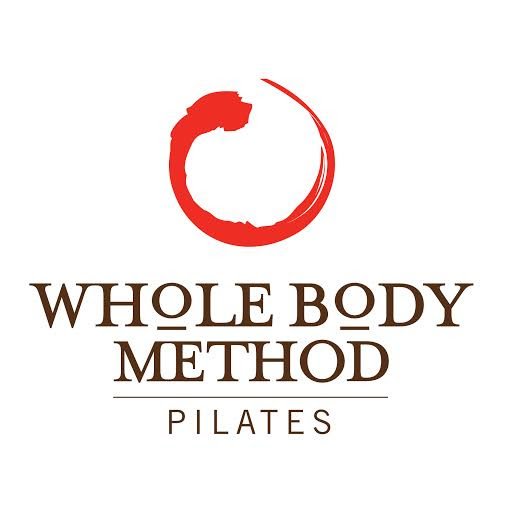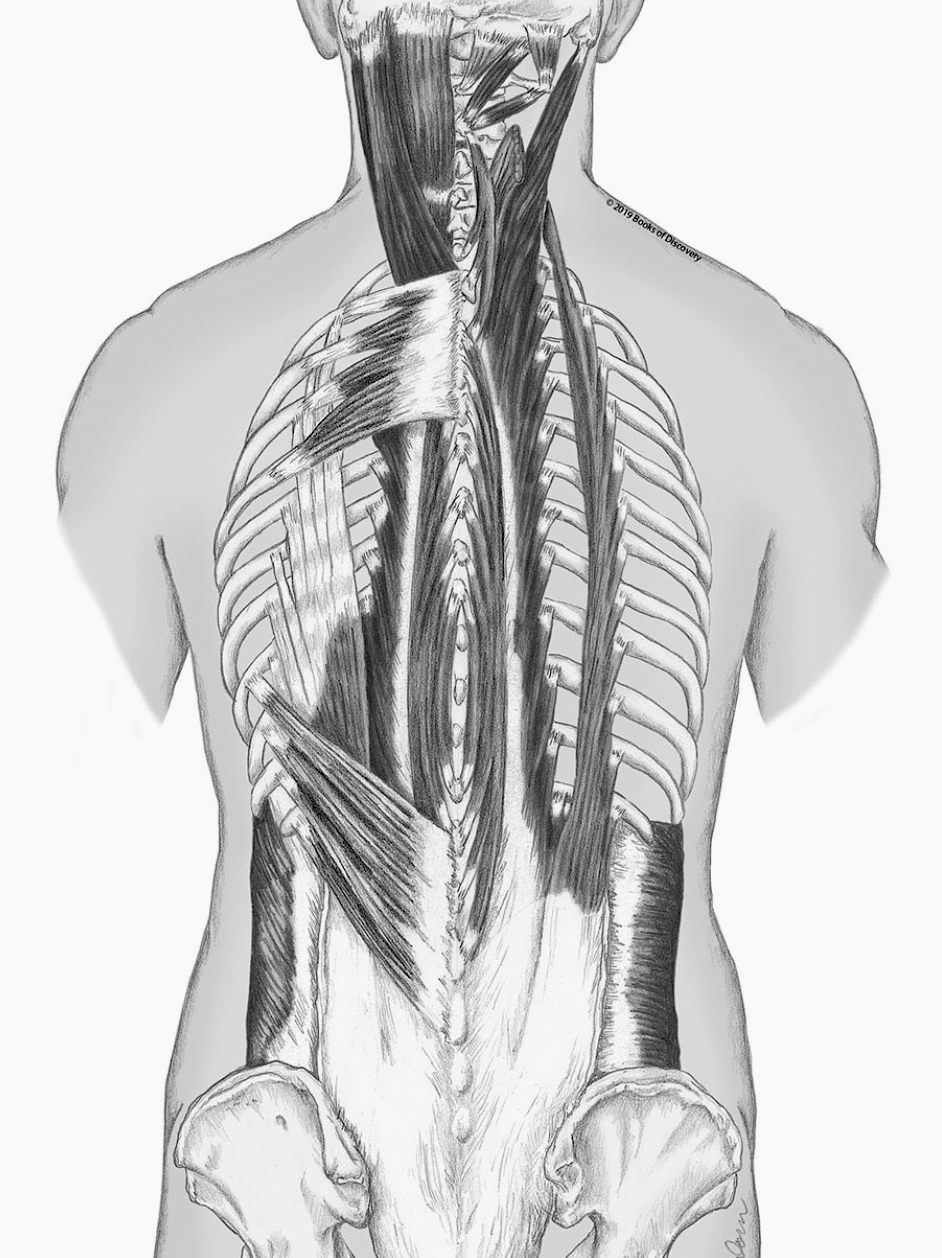The Pilates Secret: Why Is It So Effective?
Pilates has endured the “fad” workout popularity and has now become a mainstream method of exercise for all age groups. It’s creator, Joseph Pilates invented the method in the 1920’s and based his philosophy on mind/body balance, spinal flexibility, deep-breathing and sound anatomical principles.
So how does it work and why is it so effective?
If taught correctly, it works by exercising the body with many varied movements based on articulated spinal motions while reinforcing focus and control. Fewer repetitions are applied in these movements to encourage correct form and postural awareness. The goal is not to fatigue the body, but to invigorate it.
To know why it’s so effective, it’s necessary to delve into a quick anatomy lesson.
For spinal movements to be effective and safe, it’s necessary to build a strong myofascial core. The core refers to the center of your body, which in Pilates is the area between the hip bones and the lower ribs.
The myofascia (the connective tissue that holds every organ, blood vessel, bone, nerve fiber and muscle in place) must be strong, flexible and resilient to enable the spine to move freely within every area ( cervical, thoracic & lumbar).
A useful analogy to look at the functioning of this core is to observe the barrel above. The circular bands are representative of the muscles that hold the myofacial core in place. These muscles are the a) Pelvic Floor b) Diaphragm c) Abdominals/ Obliques d) Multifidi and e) Thoracolumbar Fascia.
A Pilates workout does an amazing job of activating these deep muscles!
This is the reason why Pilates is so effective and why it’s a smart choice to add to your health & fitness regimen. Of course, always work with a certified instructor who has a deep understanding of the human body and knows the art and science of Pilates.


